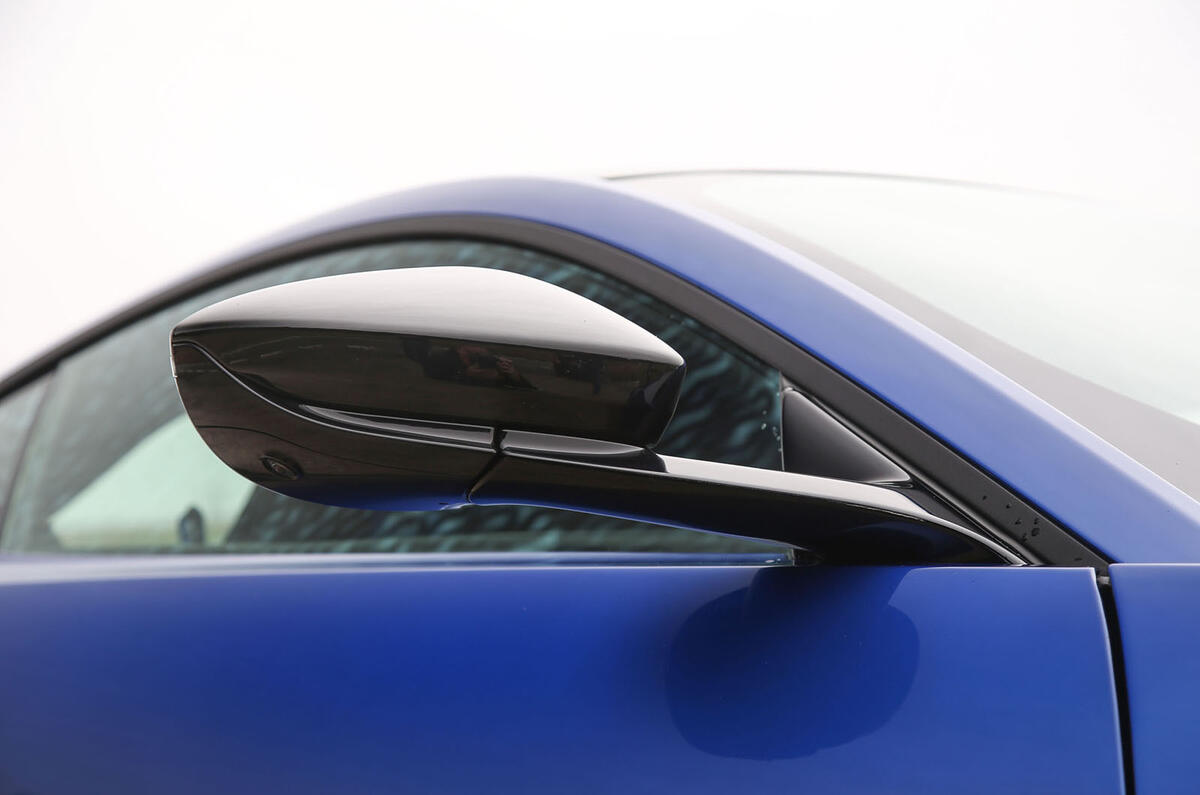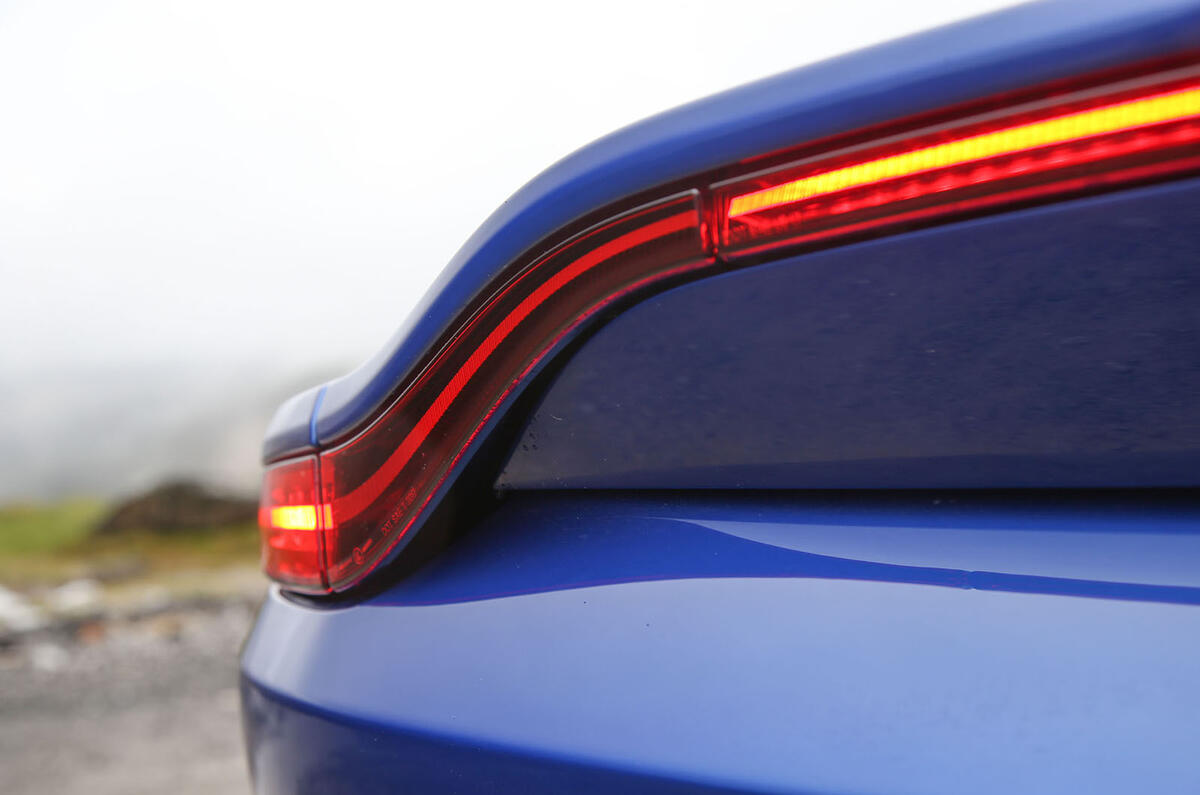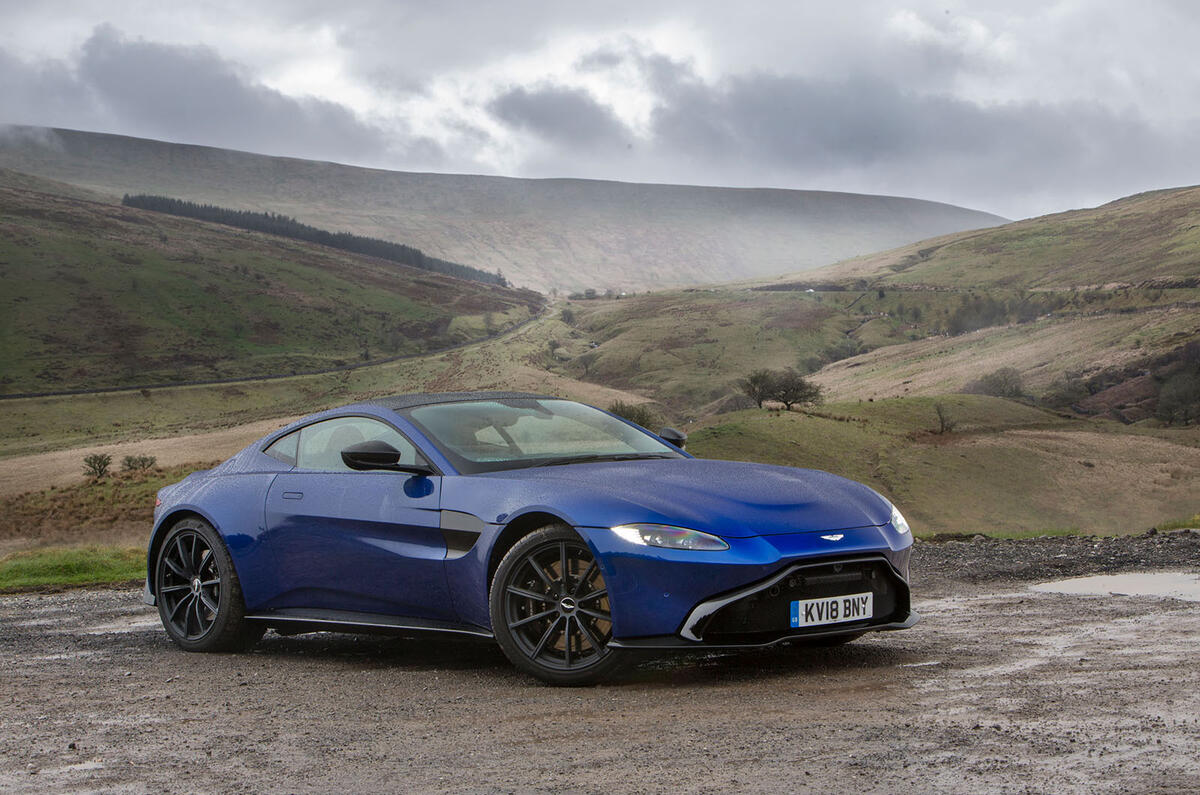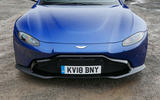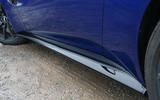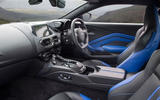If you have a wad of cash to splurge on a luxurious and fast sports coupé but don’t want to follow the crowd into a Porsche 911, allow us to posit its brawling British rival.
“We can’t think of another super-sports car that would make you smile more often” is how we described the second-generation Aston Martin V8 Vantage when we road tested it in 2018.
We fell for its old-school V8 charm and impressive dynamics so utterly that it was our pick of the super-sports car class at the time.
Depreciation hasn’t been kind to the Aston, but that’s good news for prospective used buyers, because you can now bag a tidy example for around £65,000, which is roughly £100k less than the latest Vantage.
But if that tantalising saving alone doesn’t have you leaping for your laptop to boot up the classifieds, perhaps you’ll be convinced by the Vantage’s awesome firepower.
There were some reservations that a Mercedes-AMG-sourced twin-turbo V8 would fail to imbue Aston’s entry-level sports car with the character it needed to fend off rivals from McLaren and Audi. But with 503bhp and 505lb ft of torque, the AMG V8 was more than up to the task, propelling the car from 0-60mph in a mere 3.7sec.
A test drive of a McLaren 540C or Audi R8 will reveal that they’re tangibly faster cars, but the Vantage will win you over for how it trades all-out pace for real drama when you’re flexing its muscles.
It sounds immense whether you’re pootling along at low speeds or snatching ratios from its snappy eight-speed automatic gearbox at the redline.












